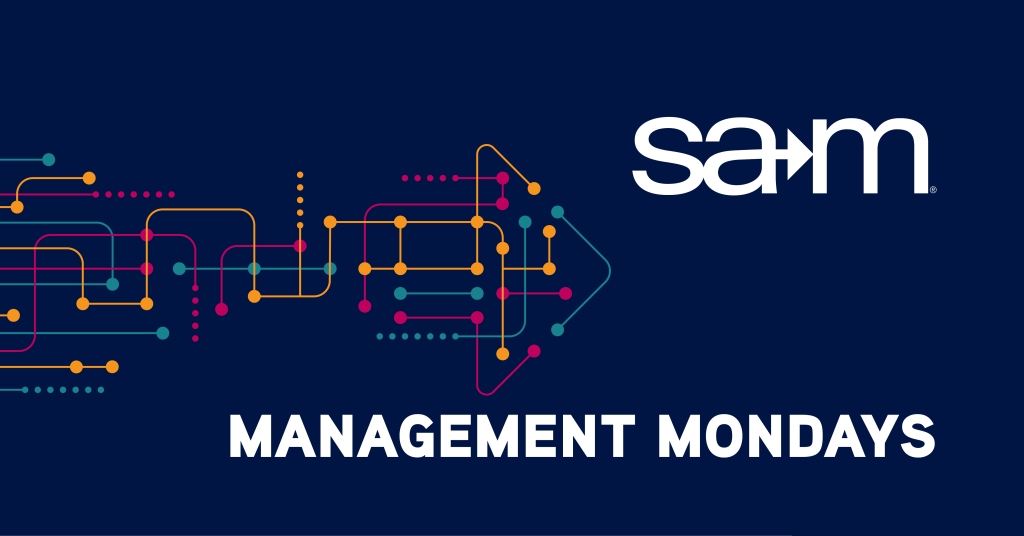
Continuing the third in our series of five articles that comprise our Management Development Series: How to Bring Out the Best in Your Employees, we present Recognizing and Rewarding Exemplary Contributions. If you’ve reached this article before reading its companion articles, Crafting Precise and Attainable Goals & Cultivating a Feedback-Driven Culture, take a few moments to read the first two installments of our series before diving into this one.
Employees are the backbone of any organization, and their motivation, dedication, and hard work are pivotal to its success. It is crucial that managers recognize and reward exemplary employee contributions as it plays a significant role in nurturing a motivated and high-performing workforce. Organizations do this by offering monetary and non-monetary rewards and incentives.
Monetary rewards refer to additional financial benefits provided to employees beyond their usual pay or salary. They can take the form of bonuses, profit-sharing, stock options, commission, or any other form of financial reward. Monetary incentives specifically refer to financial rewards given to employees to motivate them towards achieving certain predefined targets or milestones. They can be in the form of performance-based bonuses, sales commissions, or other financial benefits tied to specific results or behaviors.
Not surprisingly, money is a primary motivator for many employees. Offering financial rewards and incentives can spur employees to put in extra effort, achieve their targets, and even surpass them. By linking rewards to performance, managers create a direct correlation between hard work and financial gain, which often leads to increased productivity.
Strategically, competitive monetary rewards help organizations attract and retain top talent. If employees know they will be rewarded fairly for their contributions, they are less likely to seek opportunities elsewhere. For prospective employees, an attractive monetary incentive package can be the deciding factor in choosing one employer over another. In addition, monetary incentives strategically reinforce behaviors that are in line with the organization’s objectives. Finally, monetary rewards provide tangible recognition of an employee’s value to the organization. For many, seeing this tangible acknowledgment in the form of a financial reward is both satisfying and motivating.
Non-monetary rewards are benefits, privileges, or recognition that employees receive in appreciation for their performance or tenure, which don’t have an immediate financial implication. Examples include public praise, trophies, certificates, additional vacation days, flexible working hours, and opportunities for professional development. Non-monetary incentives are motivators designed to encourage certain behaviors or performance levels without using financial payouts. They could include opportunities like attending conferences, taking on desirable projects, job rotations, or mentorship programs.
As stated earlier, money is a primary motivator for many employees, but others place a higher value on recognition, personal growth, work-life balance, or other non-financial aspects of their job. Non-monetary rewards address these diverse motivators.
Giving employees verbal praise or showcasing their achievements can engender a more emotional connection to the organization, enhancing job satisfaction and loyalty. This in turn fosters a culture of appreciation and respect.
Understanding the multifaceted nature of human motivation is critical when designing and implementing effective reward and recognition systems. Each of us is motivated by a unique set of drives and preferences. To design the most effective system for recognizing and rewarding its workforce, organizations have a plethora of insightful tools such as surveys to better understand the diverse motivational make-up of their employees. Armed with this information, they can then tailor recognition and reward systems that resonate with individual preferences and values.
A comprehensive, value-adding, strategically designed system to recognize and reward the exemplary contributions of employees integrates both monetary and non-monetary options and is the cornerstone of employee engagement. When organizations strike the right balance in doing this, they create a holistic, motivating, and satisfying work environment that maximizes employee potential while nurturing a loyal, dedicated, and high-performing workforce.
Join us next week as we continue our conversation with Constructively Communicating with Underperforming Employees, the next article in our Management Development Series: How to Bring Out the Best in Your Employees.
Are you looking to add tools to your management toolkit in managing difficult conversations like Terminations. Get a solid foundation on the basics by completing a SAM Course in Leading and Managing Small Businesses from our Certifications and Training programs. If you are a SAM Member, take advantage of our 20% off discount by getting your discount code in the Member Portal.

Written By,
Patrick Endicott
Patrick is the Executive Director of the Society for Advancement of Management, is driven by a deep commitment to innovation and sustainable business practices. With a rich background spanning over a decade in management, publications, and association leadership, Patrick has achieved notable success in launching and overseeing multiple organizations, earning acclaim for his forward-thinking guidance. Beyond his role in shaping the future of management, Patrick indulges his passion for theme parks and all things Star Wars in his downtime.
